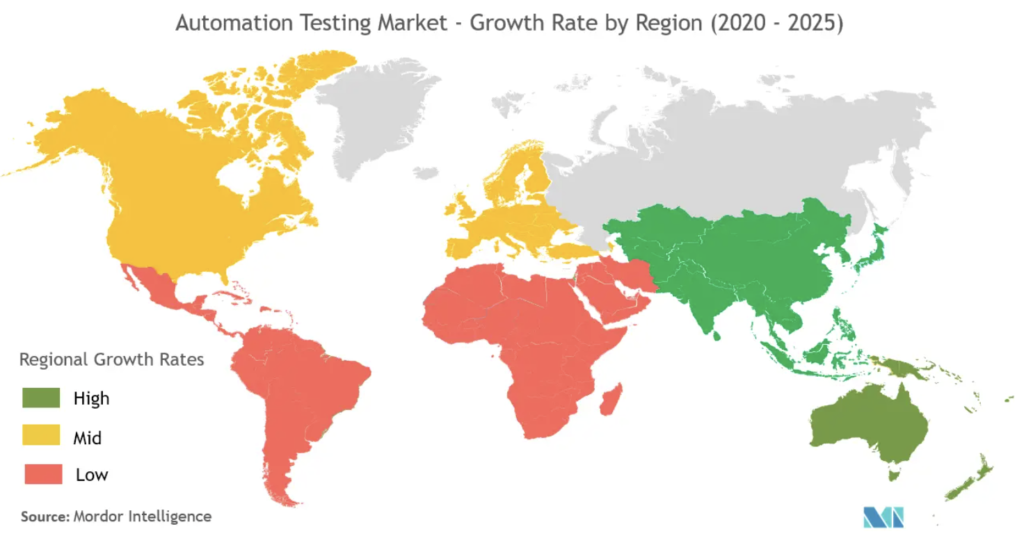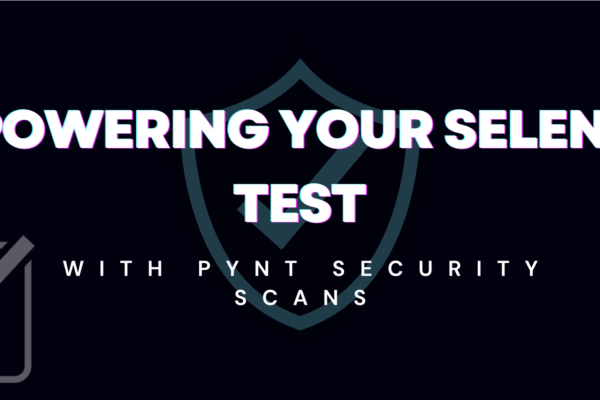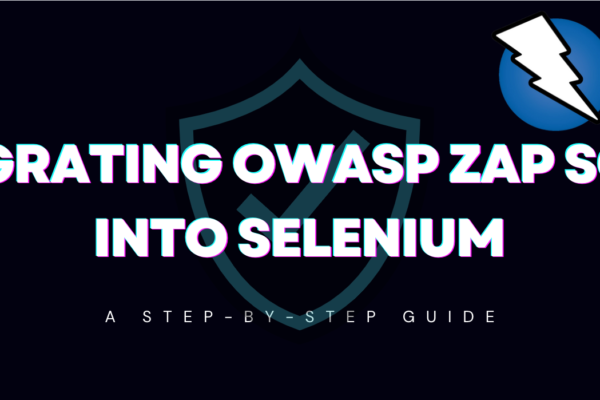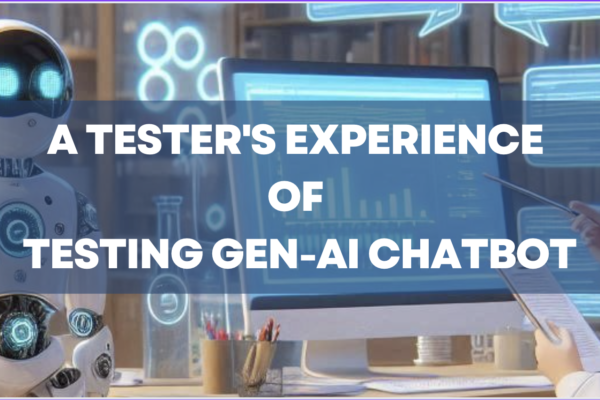
Test Manual/Automation new trends @2021 – Let’s THRIVE together
As 2020 is already closed, it is time to talk about the predictions of the Test Manual/Automation for the current year 2021. Right from the beginning of 2020, COVID-19 put tremendous pressure on software development companies to adapt to new ways of working. Many of the Development/Testing organizations easily adapted, others struggled to adapt and the rest of them are still struggling. As we look forward to 2021, the recurring impact would still be there but we can not stop adapting to new ways and move on. Due to this remote work culture, testing teams started using cloud services for their script execution – on both browsers as well as mobile devices. Even after this pandemic crisis, we can see test automation market still growing year on year:

2020 was the year of survival and adaptation, and 2021 is going to be a growth year for the test automation community where we should adopt new disciplines and practices. For effective test automation, we need to go back to basic, then basic to advance.
BACK TO BASIC
#1 Adapt to automate the Business Scenarios despite Test Cases
What I learned in my experience – Business always drives technology but not vice-versa. So in our case, the business should drive test automation i.e. test automation should be a helping hand to the team to raise the client’s business. Despite being an overburden, the purpose of test automation should serve the team and the team should leverage the advantage of test automation. But in our software industry, testers end up being servants of automation, without knowing the real value that the test automation can leverage to the team.
So where are we lacking? I think it’s a mindset that we need to change about test automation. The test automation should serve the team to improve the QUALITY OF PRODUCT, which is directly proportional to business. Quality is not only related to testing engineers – It’s a mutual responsibility of the whole team. The product owner and business analyst must be closely working with the testing team:
Your goal should not be to automate everything but to automate the right candidates intelligently. Believe me, after adapting this approach, it’s very easy to communicate the automated tests & reports with the business team. So Stop automating test cases and Start automating business scenarios.
#2 Shift left the Testing – both Manual and Automation
In continuation of business deep understanding with product owners, test engineers write test scenarios and map those with user stories {business specification}. During in-sprint development, whenever an independent story is developed then we should not execute the test scenarios officially. Rather than, we should do DESK-CHECK – despite waiting for a new build, we should quickly verify it directly on the developer’s machine. Trust me, we find a good number of bugs and that reduces development/testing time.
Pre-sprint, we already have collaborated to groom the user stories {complete business features understanding} as well as wireframes {UI/UX}. Based on that, we also can do IN-SPRINT AUTOMATION – Because in-sprint automation serves the team and helps them deliver faster and more reliably. Except element locators changes, nothing to re-write on automated business scenarios.
We can not consider the testing on the far right side of the delivery lifecycle i.e it is not something to be squeezed into the project. Truthfully, this desk-check and in-sprint automation, helping my team to lean the testing turnaround time. We should do this !!
BASIC TO ADVANCE
#1 – Diminishing line between Developer and Tester
It was a time when we were considering ourselves as test automation engineers – just after doing a few record and playback scripts. And it was the reason – we were differentiated by the developers. But with time, the automation community grew up and we started writing actual automation scripts by using different automation tools and technologies. And today, we are using almost all technologies as well as cloud infra and moreover, started contributing to open-source tools/frameworks. Originating as Tester now becomes SDET and very soon will be – Full-stack Developer.
By 2021, test automation communities will grow more and being technical people, we will present new automation solutions across the industry. True agile methodologies never differentiate among the team members – anyone can play any role. Soon, there would be no hard line between different team roles.
#2 – An emerging path from Test automation engineer to QAOps
Continuous delivery requires continuous testing, which demands increased test automation. QAOps is a growing role that brings development, operations {CI/CD} and testing in a single bucket. QAOps assures the integration of test automation with the development CI/CD pipeline. A test engineer role is moving towards QAOps – we must learn cloud technology as well as the nitty-gritty of CI/CD pipelines. This new learning always aligns automation actions with development updates. Must have !!
#3 – Low code test automation
Nowadays, low code automation tools {Ranorex Studio, Katalon, etc.} are already adopted by the software market – and these are self-claimed DL/AI-based tools. They are luring the less technical people and claim to reduce the time of test script implementation. As it does not require any prior coding knowledge so there is no learning curve for the testing team. It sounds good, but I have few doubts about it:
-
- If they are scalable or not
- If they are able to manage thousands of inter-dependent test scenarios for distributed applications
- What if the test data is so crucial – Does it follow the compliances e.g. Government, Health, etc.
In addition to the above points – the biggest question that arises in my mind is “Why are we moving towards low code tools, though the world-leading companies are still looking for people who are good in – logic, algorithms, data structure, and problem-solving. But being a layman we can still give it a try!!
#4 – Start thinking of AI use cases in the context of testing {manual and automation}
Here, we can bifurcate our discussion into two parts:
-
- Importance of AI in our automated scripts
- Challenges in the testing of AI-infused applications
Importance of AI in our automated scripts
In addition to new ways of working as well as with the demand of time – we also need to adapt the power of machine learning to make test automation smarter. In the current market scenario – many cloud-based augmented test automation service providers {e.g. Applitools, Testim, TestCraft, Parasoft, etc.} claim the power of ML / DL / AI in their tools/frameworks. I think they have real use cases to take the test automation to the next level, but it can be a marketing gimmick. But in 2021, the whole test automation community requires a kick-off of real AI-powered test automation.
I mean, the test automation community has to move from automation to autonomous. Our automated scripts always execute within a predefined set of parameters and are bounded in what tasks they can perform. On the other hand, an autonomous script listens, learns, and adapts to dynamic environments, and evolves with the change of environment. These scripts always learn from increasing test data sets, faster and more reliably. But don’t blindly follow the self-claimed RPA, low code, Visual Image recognition, and self-healing automation tools/frameworks flooding the market. End of the day, we need to find the real use cases, where we can infuse AI into our automation framework.
Challenges in the testing of AI-infused applications
In the current market context, every software company is struggling not only with the development of AI-infused apps but also with their testing. They really don’t know how to test and up to what extent – and any compromised functional bug can harm the end-user, that of course impacts business, repo, and revenues. Rigorous testing is much much required for AI-infused applications, otherwise, it can be a disaster for the users.
Let’s take an example of the COMPAS AI-infused app – currently used by US judges to convict criminals. Due to training data disparity in COMPAS, black offenders were seen almost twice as likely as white offenders to be labeled a higher risk but not actually re-offend. It is very clear that the application is racial and gender-biased. Below have a look at the risk mentioned for real offenders:

Behind the Algo In brief – This algorithm has two important factors i.e. Weight and Bias. Weight has dynamic values, though the Bias is constant. So it’s very clear that the application’s training data has greater weight values for the black offenders and lesser weight for the white offenders.
So down the line, the testing trend is changing and also facing new great challenges for test engineers. In the above example, we should not be satisfied with a few happy scenarios with limited test data. Here, we must know – how the AI algorithm is working for that kind of complex application, which dynamics {Weights & biases} it is using, so that we can have a deep understanding of it. Of Course, we should have sufficient TRAINING DATA – that we use while implementing the algorithm, and also sufficient TEST DATA – that we use for rigorous testing. In short – need to enhance the data science skills
# Wrapping up
In the end, I would suggest – focus on your logic, communicate well, always welcome new adaptations, and don’t stop your learning. The rest of the things will happen automatically.
KEY TAKEAWAYS
-
- Understood the importance of automating the business scenarios despite test cases.
- Shift left the testing – got to know the importance of DESK-CHECK.
- Shift left the testing – In-sprint automation is required.
- Understood – futuristic importance of AI in our automated scripts.
- Got to know the challenges in the testing of AI-infused applications.
- Understood the new role for test automation – its QAOps.
- Got to brief about – Low code test automation tools.
So it’s time to bring down the curtain – for further discussion or any doubts, please comment below and start open collaboration over new trends as well as challenges of 2021.






Yogendra Porwal
Good stuff.